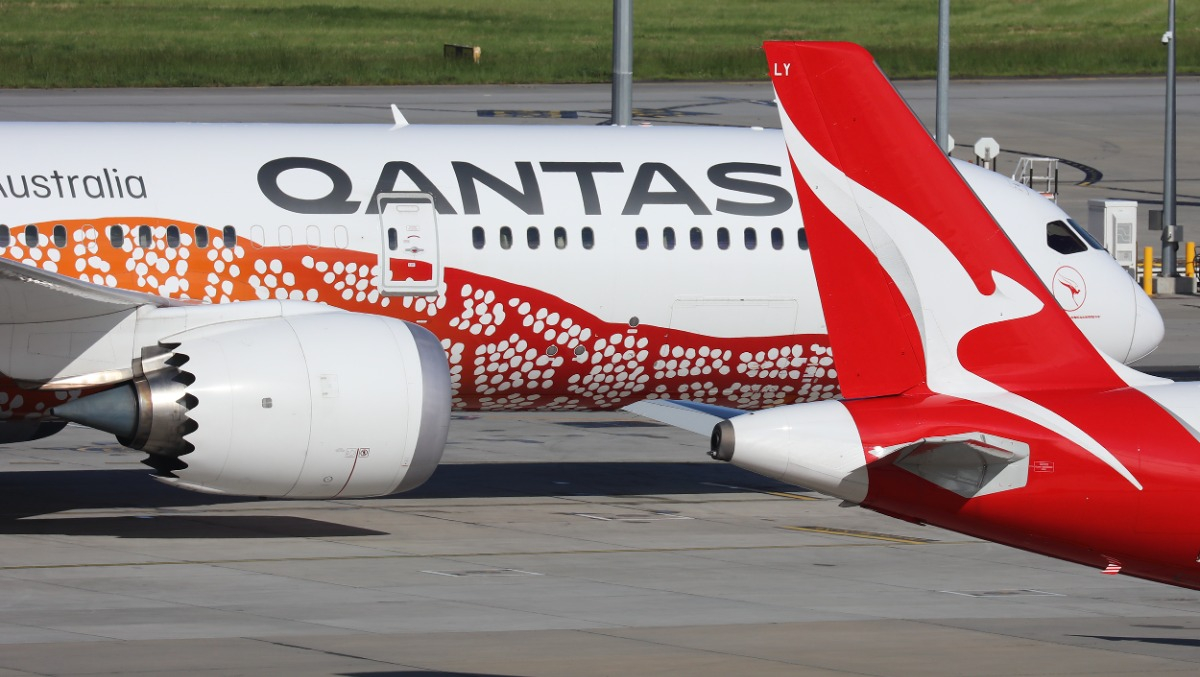Qantas is planning to boost its domestic capacity by 2 points to 104 per cent of pre-COVID levels in the fourth quarter of FY23.
The increase will include 57 additional return services per week on the “golden triangle” of Sydney–Melbourne–Brisbane and adding seats to transcontinental services to-and-from Perth using the airline’s Airbus A330 fleet.
Earlier this year, Qantas ranked as the worst airline for cancellations as it battled staff shortages and sickness absences, but last month bounced back to be the top-performing carrier.
The turnaround was mostly due to it holding staff and flights in reserve to deal with problems. However, the airline is now looking to ramp back to 2019 levels of service.
This month, Australian Aviation reported how Qantas would target carrying 8 million passengers over the Christmas period, in what will be a huge test of its reliability and service.
That increase is being driven by increasing the number of flights on key routes and swapping in larger aircraft in order to boost capacity.
However, it insisted it will still maintain an “operational buffer”, including standby resources, to manage the surge in customers.
The capacity enhancements will include the Flying Kangaroo:
- Welcoming back its sixth A380 from storage.
- Increasing Sydney–Queenstown flights from 10 return flights per week to 14 per week from mid-December.
- Adding an additional three return flights per week between Sydney and Fiji for six weeks from mid-December.
- Using larger A330s to replace 737s between Sydney and Bali from 5 December until 26 January 2023.
- Introducing three new Jetstar A321neo LRs that will start flying across December this year and January next year, in addition to the first A321neo LR that joined the fleet in August. These aircraft will initially operate on domestic routes and between Australia and Bali.
- Using its larger Airbus A330 aircraft on up to 19 return flights per week on the route in December and January, up from 11 per week using a 737 currently — a total increase of more than 11,000 seats over the period.
Across the industry, the domestic industry peaked at 97 per cent pre-pandemic passenger numbers in June, but it came alongside all-time records for delays being broken that month and in April and July.
Since then, the industry has recruited thousands of extra staff and cut flights to improve the passenger experience.
















